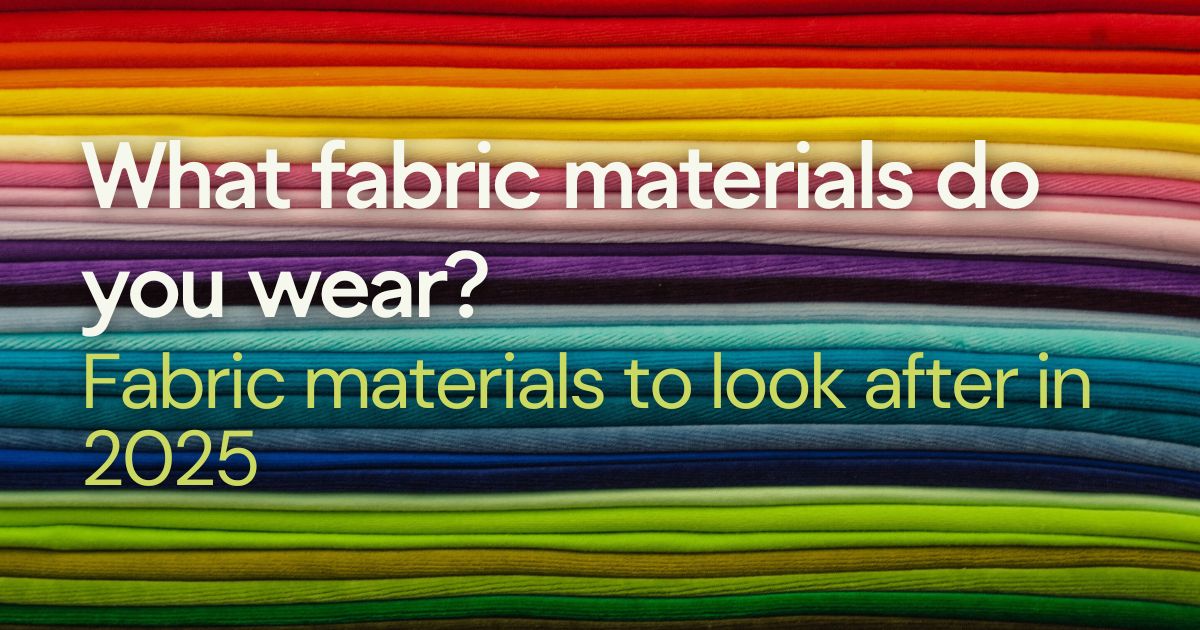 What fabric materials do you wear? Maybe you know which materials suit you, or maybe you don’t at all. Regardless, materials of clothing come with different functionality, sustainability impacts, and levels of care. In 2025, understanding what fabrics you wear is more important than ever – not just for your comfort but for the planet.
What fabric materials do you wear? Maybe you know which materials suit you, or maybe you don’t at all. Regardless, materials of clothing come with different functionality, sustainability impacts, and levels of care. In 2025, understanding what fabrics you wear is more important than ever – not just for your comfort but for the planet.
The textile industry is responsible for 6.7% of global carbon emissions, from the production of the clothes to the care and the waste. The beginning of any textile journey comes with its choice of fibre and weaving until it becomes a material to use. Every fabric has its own story, from the fields where natural fibres are grown to the labs where synthetics are engineered. Choosing materials wisely can make a difference, not only in how long your clothing lasts, but also in how it impacts the environment. So, with that being said, here are fabrics to look after in 2025.
Natural fibres
With sustainability the top focus of certain products’ fabric materials, natural materials continue to be prominent. Natural fibres such as linen and organic cotton are increasingly popular due to their minimal environmental impact and biodegradability.
According to White Lodge Fabric, linen is experiencing a notable revival as an eco-conscious fabric, prized for its sustainable production and low environmental impact. Derived from flax fibres, it stands out for its exceptional strength, breathable qualities, and natural cooling properties, making it a perfect match for warmer climates. This versatile material complements the growing demand for minimalist and bohemian aesthetics while aligning with the rise of "quiet luxury." Designers are leveraging linen's earthy texture and neutral palette to craft timeless, elegant garments. With more brands adopting seasonless collections, linen's resilience and adaptability have firmly secured its role in sustainable fashion.
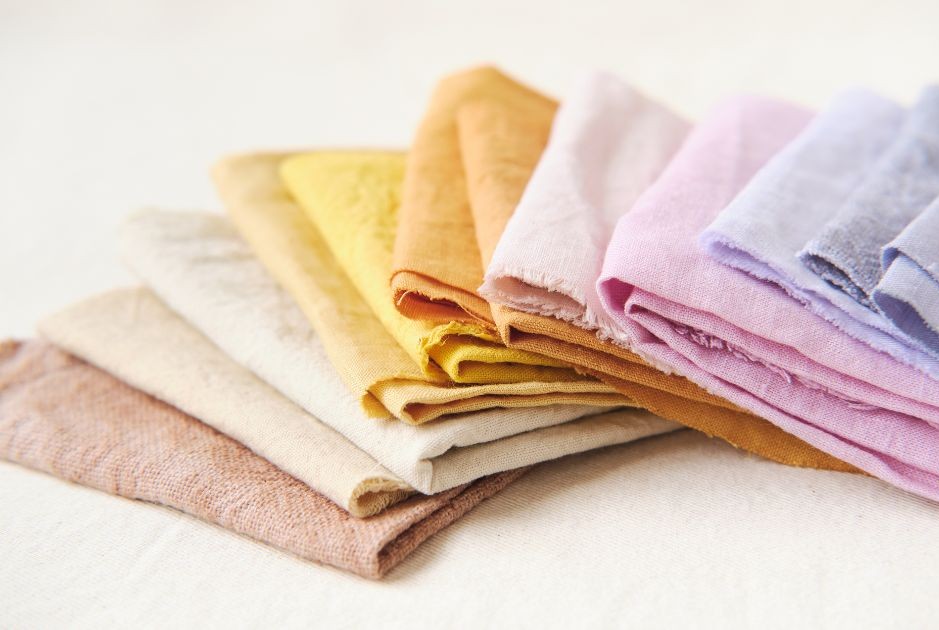
Satin and Silk
Fabrics like satin and silk are making a significant comeback, offering a touch of elegance and sophistication to contemporary fashion. These materials are favoured for their smooth textures and lustrous appearances, enhancing the aesthetic appeal of garments.
Last year, both satin and silk stole a lot of attention throughout the seasons. This year, both materials will remain at the forefront of luxurious fabric material choices. Satin has evolved beyond evening wear to become a staple in daytime looks. Often made from blends of silk, polyester or acetate. With its smooth and glossy finish, satin complements slip dresses, blouses, dresses, and turns plain daytime looks into a daytime glam trend.
Additionally, silk represents the ultimate symbol of timeless sophistication and sustainability. Naturally breathable, biodegradable, and requiring fewer resources than many synthetic fabrics, silk aligns with the increasing demand for responsible luxury. As the "quiet luxury" movement grows, silk’s refined simplicity becomes even more desirable for creating heritage pieces meant to last.
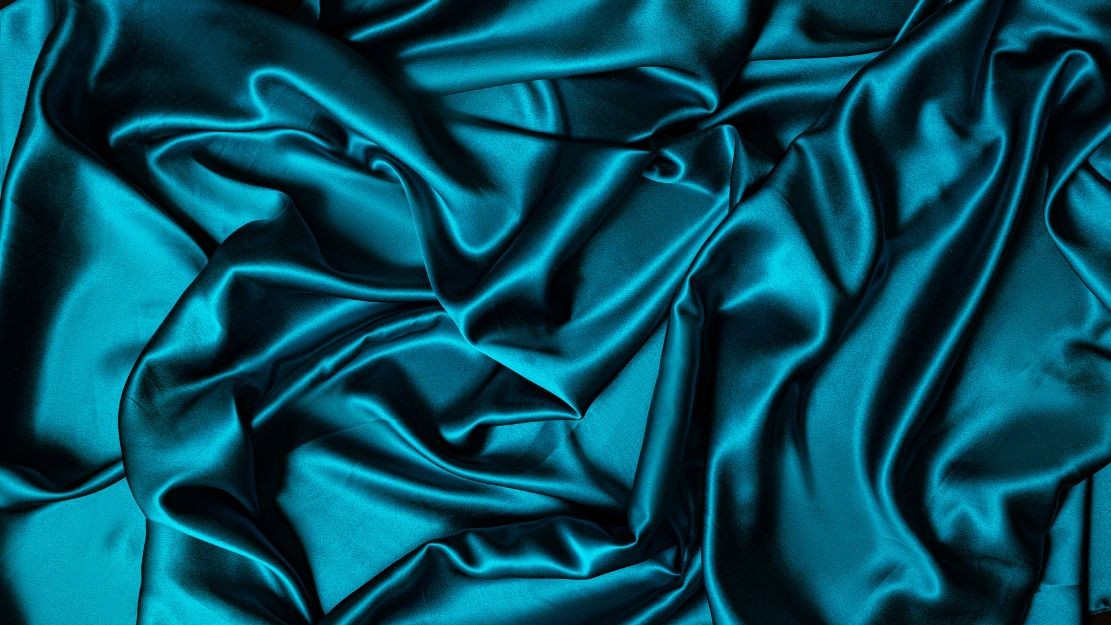
Bioengineered textiles
There is an expected boom in demand for bioengineered textiles in the fashion industry in 2025, merging nature with cutting-edge technology to create sustainable, high-performance fabric materials. This innovative approach to textile production can be divided into fully bioengineered and bio-enhanced biodegradable materials. Fully bioengineered fabrics are created using natural building blocks like proteins, carbohydrates from plants such as corn, grass, or cane sugar, and even bacteria. These fibres are designed to mimic the structure and function of natural materials, offering sustainable alternatives to traditional textiles.
Meanwhile, bio-enhanced textiles blend biodegradable fibres with conventional fabrics like polyester, reducing their environmental impact by making them more similar to natural fibres. With the potential to offer both durability and sustainability, these textiles will gain popularity as consumers and brands alike demand sustainable solutions during 2025.
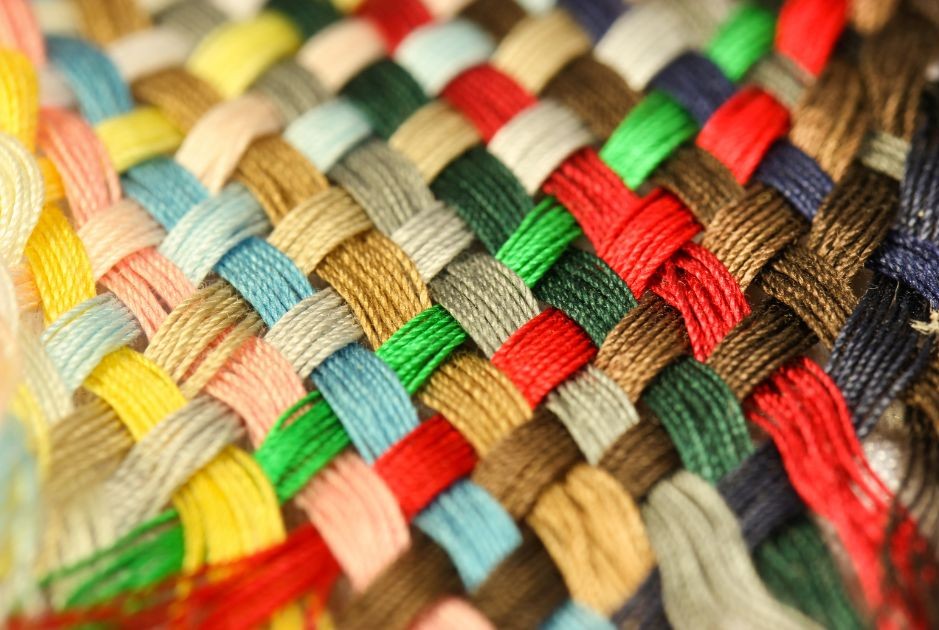
Recycled materials
With advancements in textile recycling technologies, the ability to repurpose waste materials into new fabrics have become more efficient and scalable, making it a key player in reducing textile waste and associated environmental impacts. Innovations in recycling processes, such as chemical recycling, allow fibres to be broken down and remade into high-quality materials, addressing one of the biggest challenges in fashion, the linearity of production and consumption.
In extension, concept designs and sustainable textile manufacturing methods are pushing the boundaries of how natural fibres are used, focusing on energy efficiency and durability. As consumers demand more environmentally conscious choices and brands work towards circular economies, recycled textiles offer a practical solution that meets both environmental goals and the growing trend for responsible fashion.
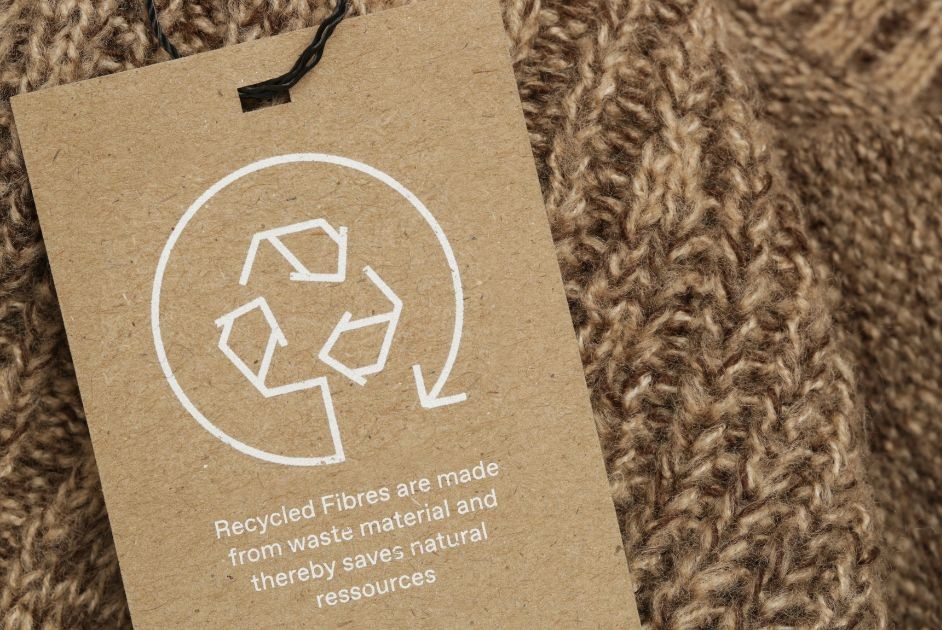
What fabric materials will you choose this year?
With 2025 underway, the future of textiles is being shaped by a growing commitment to sustainability and innovation. The materials we choose to wear today have a profound impact on both the environment and the industry itself, and understanding their lifecycle is key to making more responsible choices. From natural fibres like linen and organic cotton to cutting-edge bioengineered fabric materials and recycled textiles, the evolution of materials is driving fashion towards a more sustainable future.
As consumers become more conscious of their environmental footprint, brands and textile manufacturers can further their commitment to sustainability by incorporating clean technology in the textile production processes. Alchemie’s innovative technologies – Discovery and Endeavour™ – are designed to process an array of materials efficiently while maintaining our high-standards of dyeing and finishing, offering a pathway toward a greener future for the textile industry. Together, we can make conscious choices that protect our planet for generations to come.